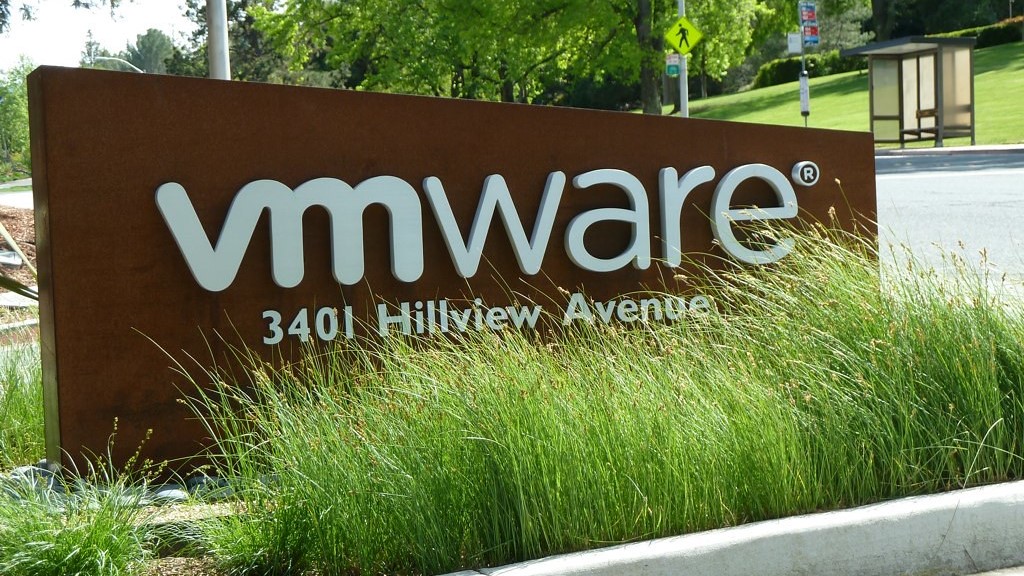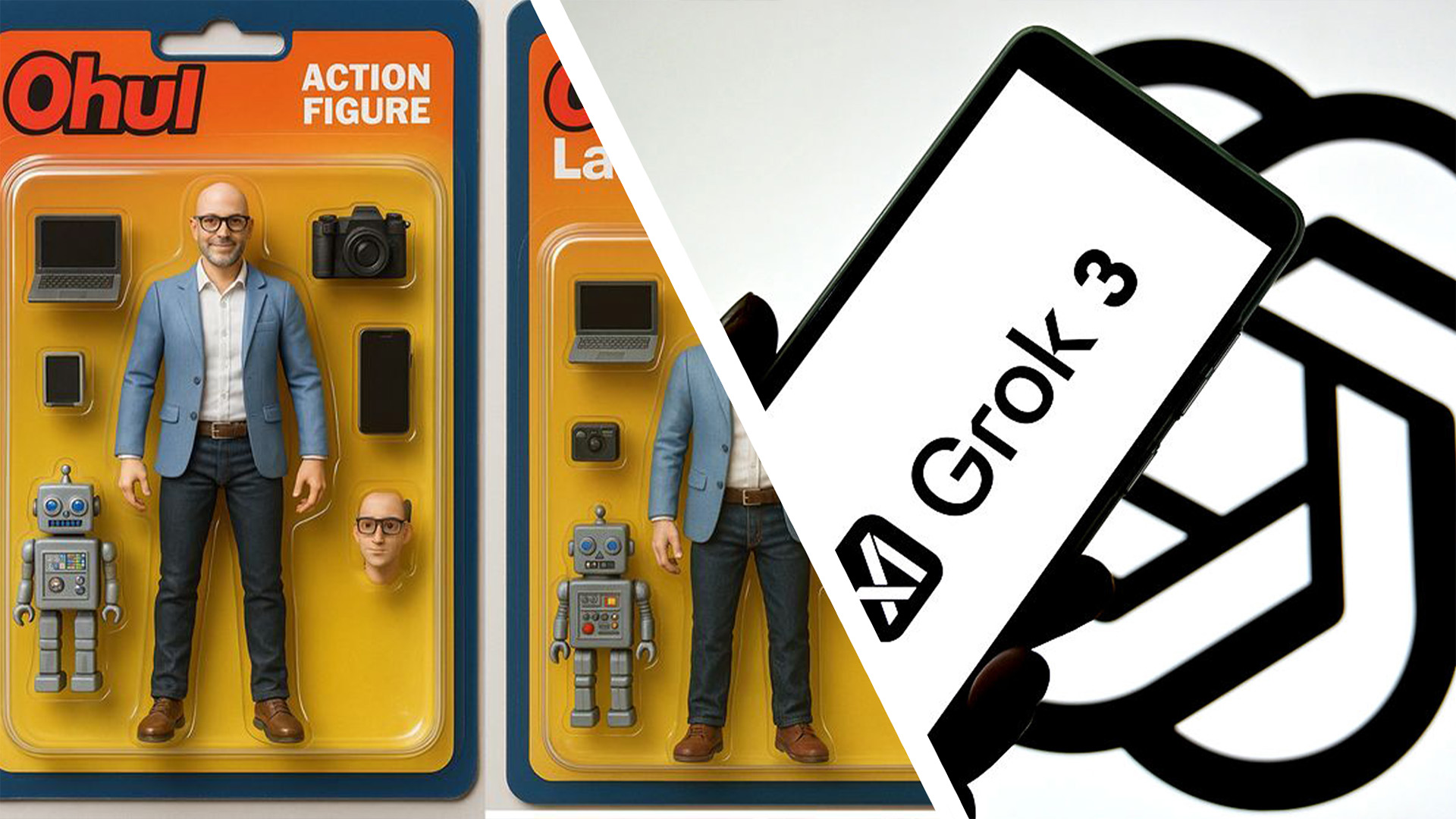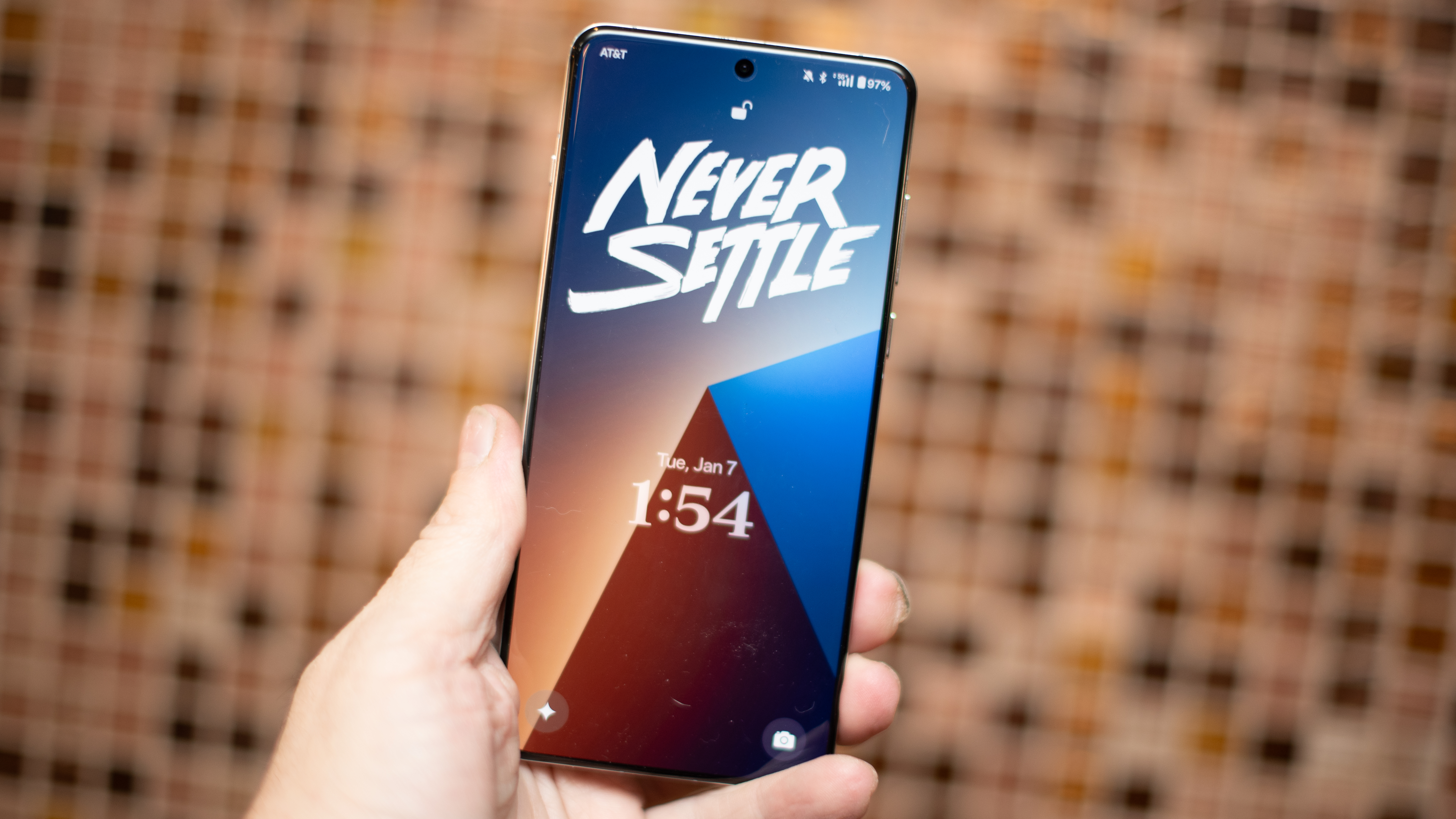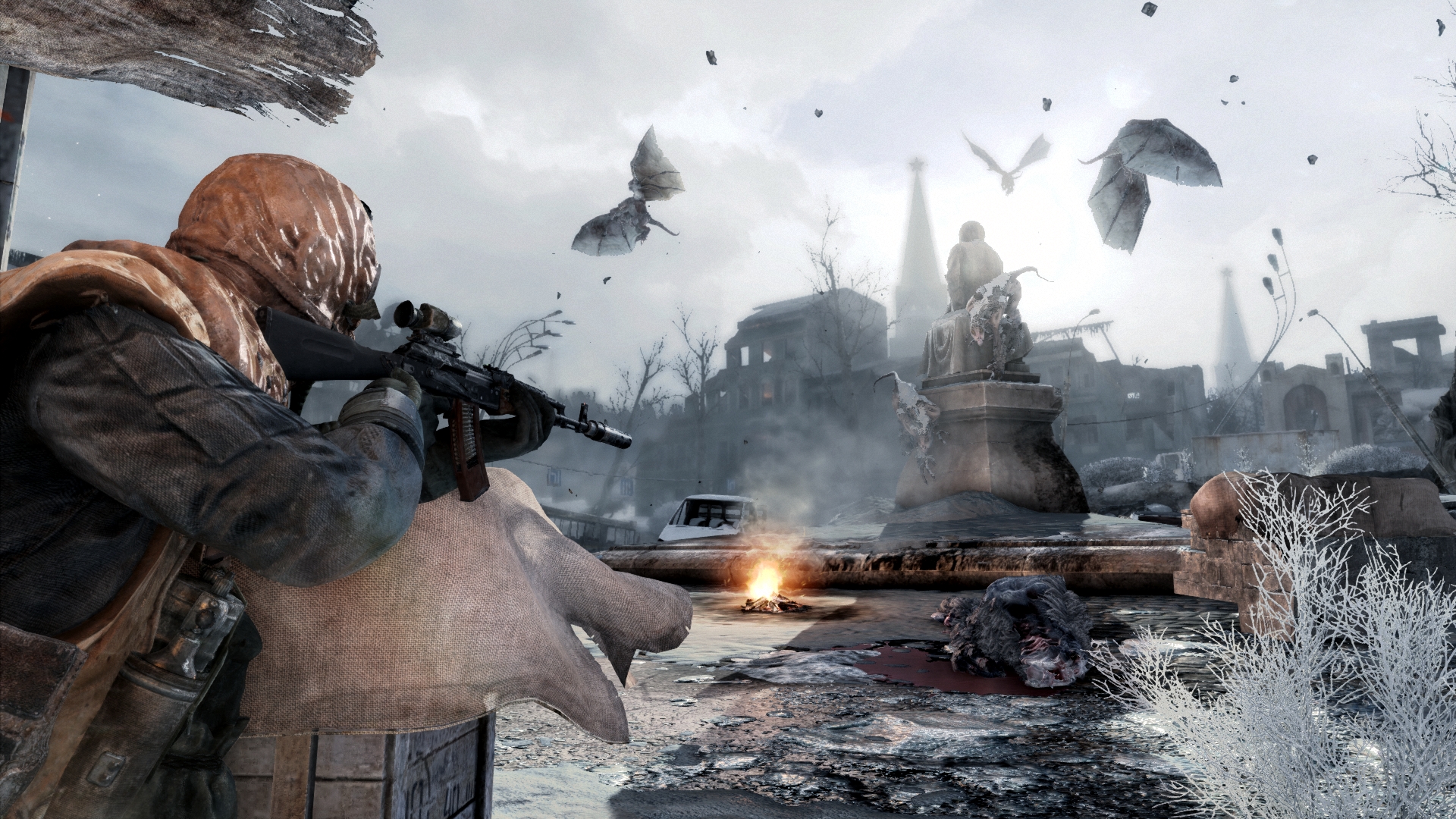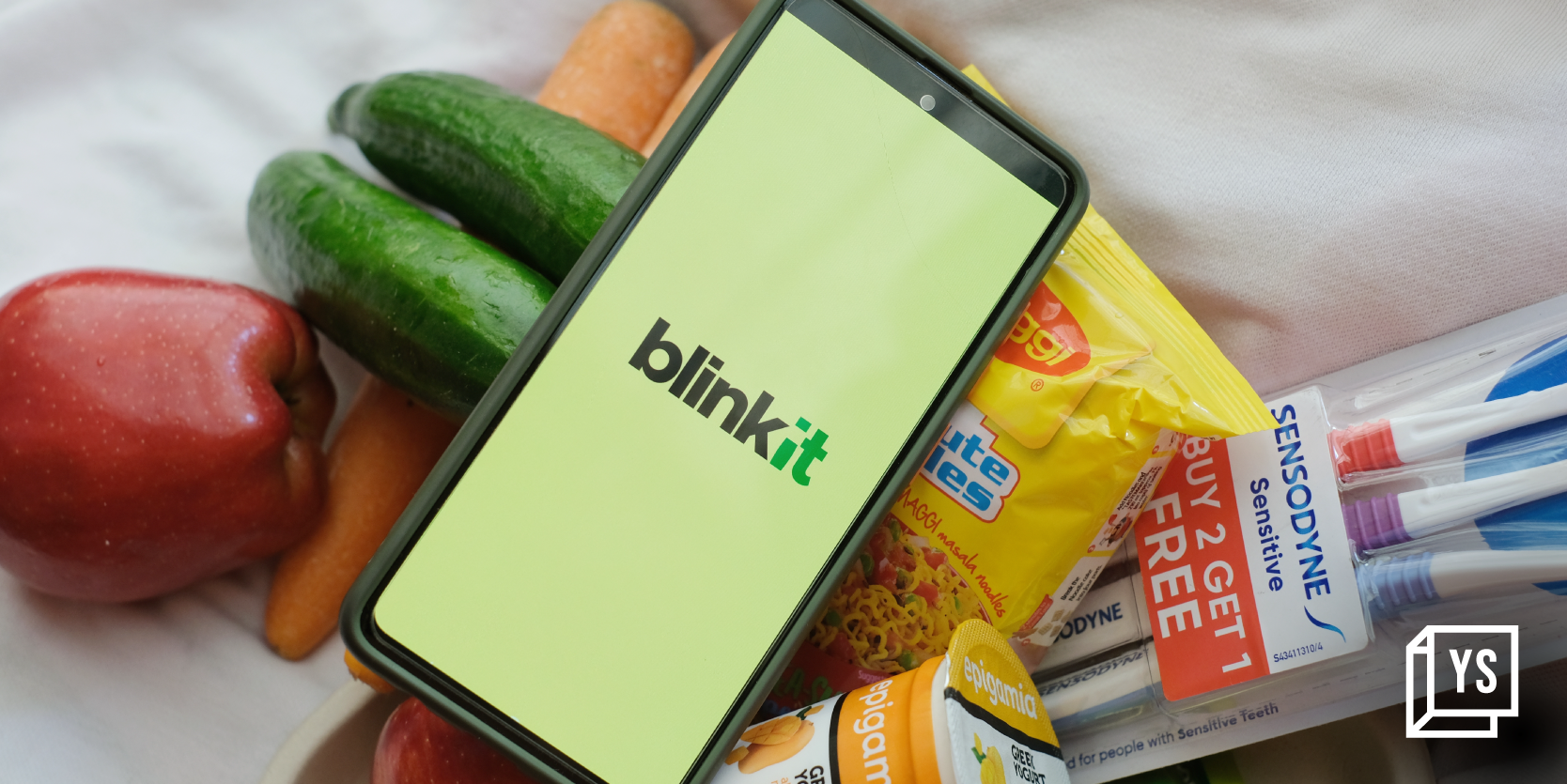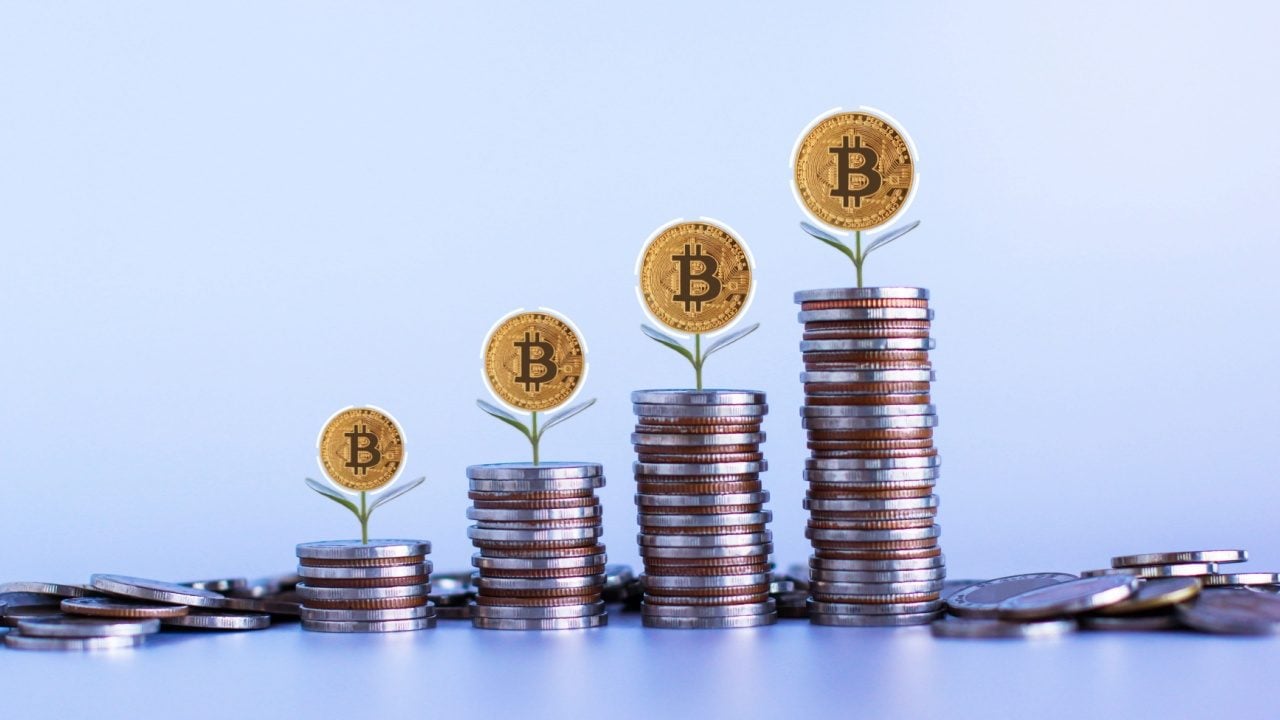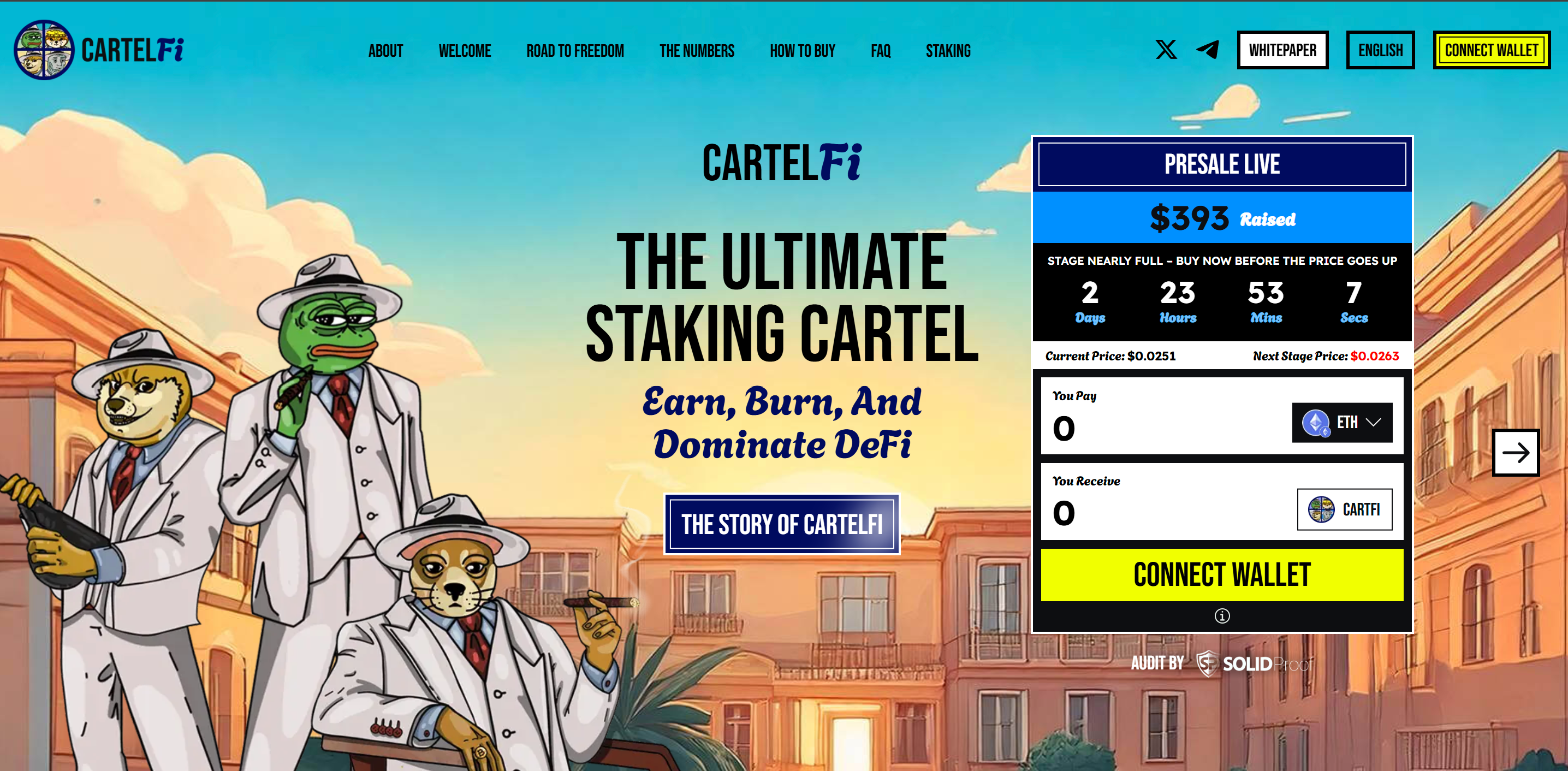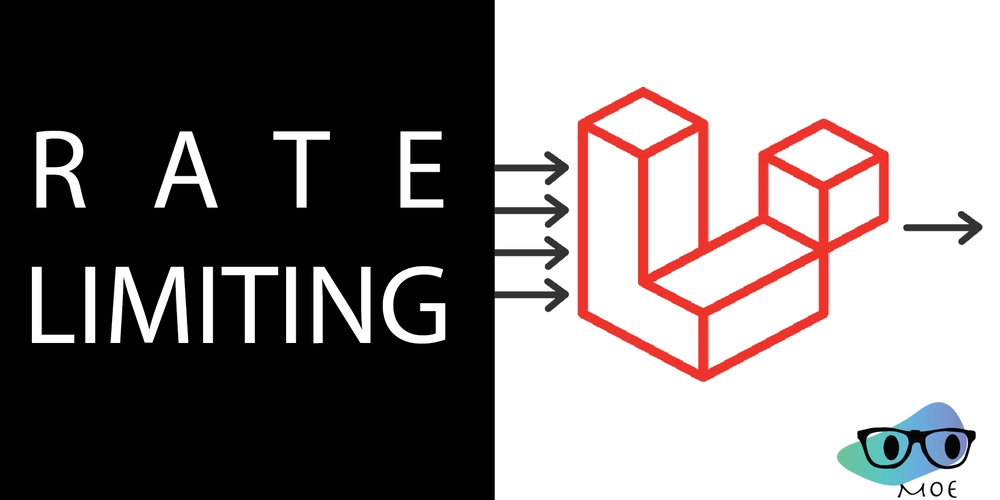Inbox Zero Workflow: Filters, Labels, and Shortcuts That Actually Work
Note: This workflow was originally created in 2016 and is being edited/republished in 2025. In the early days of email—AOL, Yahoo, Hotmail—it felt exciting to get a message. Now, email is mostly noise. Work threads, newsletters, order confirmations, social updates, and spam pile up quickly. The inbox becomes unusable. At one point, I had thousands of unread messages. Important emails would get buried. I needed a system—not a one-time cleanup, but a way to keep it under control. Gmail’s built-in features—filters, labels, and keyboard shortcuts—turned out to be enough. What used to take an hour now takes minutes. This post shares how I use those features, with examples and a workflow that helps me get through email quickly every day. I have been sharing this cheat sheet with friends and family for years now. Here it is for everyone—I hope this helps. Foundation: Filters and Labels Labels are like folders, but more flexible. You can: Apply multiple labels to a single message Create nested labels (e.g., orders/amazon) Assign colors for quick visual scanning Filters are rules that automatically sort incoming email based on sender, subject, keywords, attachments, etc. I use filters and auto-labels to prioritize my inbox. This helps me visually scan and take action on important emails while filtering out routine or low-priority messages. Note on Archiving The Inbox in Gmail shows only messages that are not archived. When you archive an email, it's removed from the inbox but not deleted. So when a filter applies “Skip the Inbox” + “Apply label”, the message is out of sight, but still retrievable. My Workflow If the selected email is... Action to Take Shortcut / Method Junk / No longer needed Delete it # (Shift + 3) Useful for reference, but needs no action Archive it (remove from inbox) e Belongs in a specific project/topic Move to label (archives + labels) v → type label name, Enter Needs action, but not right now Snooze it (hide until needed) b (then choose time) — Pro Tip: Star (s) it first I use this for tickets, appointments, etc. Important / Needs follow-up (not snoozed) Star it s Needs to be read fully Open it o or Enter Finished with it Archive / Delete / Move / Snooze e / # / v / b Go back to inbox list Return to inbox u Schedule a task/meeting from it Create calendar event Open → ⋮ More → Create event Made a mistake (archive/delete) Undo the last action z The Gmail Keyboard Shortcut Cheatsheet Key / Feature Action Notes / My Use Case j Move selection down Navigate email list k Move selection up Move back up the list o / Enter Open conversation Read full email u Return to inbox list After opening or acting on email x Toggle selection For bulk action e Archive My most-used shortcut # (Shift + 3) Delete Remove irrelevant mail b Snooze Hide now, show up later v Move to... label Archive + label in one l Label as... (no archive) Tag without moving s Star / Unstar Flag for later / mark important ! (Shift + 1) Report as spam For junk / phishing z Undo last action Quick recovery from misclick ? (Shift + /) Show shortcut help View all shortcuts in Gmail Final Thoughts This isn’t a complete system or productivity advice. Just what I do to keep email under control. Filters reduce inbox clutter Shortcuts speed up triage It took a bit of practice, but now it’s second nature It’s not about perfection—I still occasionally have hundreds of emails. But the system helps me stay clear on what needs attention and what doesn’t. Over time, muscle memory builds, and the process becomes natural. This isn’t rigid. It’s just structure that helps keep email manageable. Use what’s useful. Skip what isn’t.
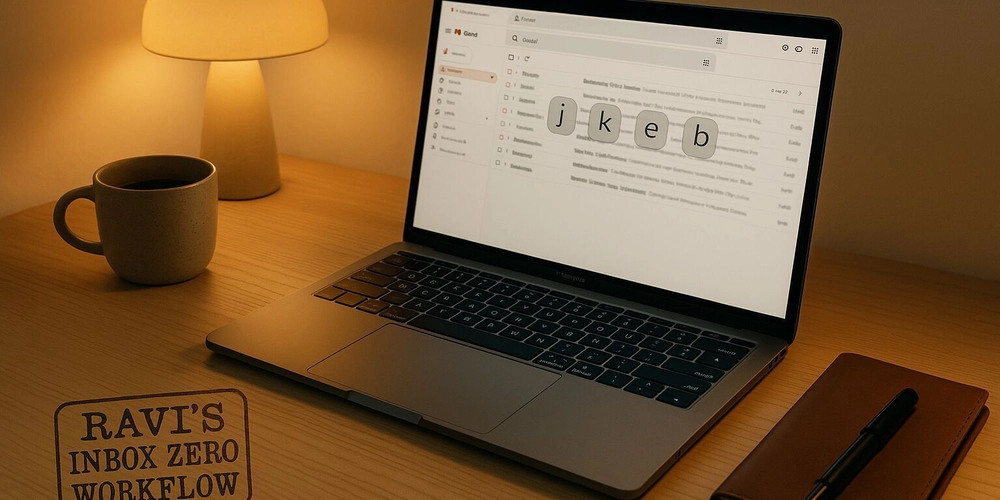
Note: This workflow was originally created in 2016 and is being edited/republished in 2025.
In the early days of email—AOL, Yahoo, Hotmail—it felt exciting to get a message.
Now, email is mostly noise. Work threads, newsletters, order confirmations, social updates, and spam pile up quickly. The inbox becomes unusable.
At one point, I had thousands of unread messages. Important emails would get buried.
I needed a system—not a one-time cleanup, but a way to keep it under control.
Gmail’s built-in features—filters, labels, and keyboard shortcuts—turned out to be enough.
What used to take an hour now takes minutes.
This post shares how I use those features, with examples and a workflow that helps me get through email quickly every day.
I have been sharing this cheat sheet with friends and family for years now.
Here it is for everyone—I hope this helps.
Foundation: Filters and Labels
Labels are like folders, but more flexible. You can:
- Apply multiple labels to a single message
- Create nested labels (e.g.,
orders/amazon) - Assign colors for quick visual scanning
Filters are rules that automatically sort incoming email based on sender, subject, keywords, attachments, etc.
I use filters and auto-labels to prioritize my inbox.
This helps me visually scan and take action on important emails while filtering out routine or low-priority messages.
Note on Archiving
The Inbox in Gmail shows only messages that are not archived.
When you archive an email, it's removed from the inbox but not deleted.
So when a filter applies “Skip the Inbox” + “Apply label”, the message is out of sight, but still retrievable.
My Workflow
| If the selected email is... | Action to Take | Shortcut / Method |
|---|---|---|
| Junk / No longer needed | Delete it |
# (Shift + 3) |
| Useful for reference, but needs no action | Archive it (remove from inbox) | e |
| Belongs in a specific project/topic | Move to label (archives + labels) |
v → type label name, Enter
|
| Needs action, but not right now | Snooze it (hide until needed) |
b (then choose time) |
| — | Pro Tip: Star (s) it first |
I use this for tickets, appointments, etc. |
| Important / Needs follow-up (not snoozed) | Star it | s |
| Needs to be read fully | Open it |
o or Enter
|
| Finished with it | Archive / Delete / Move / Snooze |
e / # / v / b
|
| Go back to inbox list | Return to inbox | u |
| Schedule a task/meeting from it | Create calendar event | Open → ⋮ More → Create event
|
| Made a mistake (archive/delete) | Undo the last action | z |
The Gmail Keyboard Shortcut Cheatsheet
| Key / Feature | Action | Notes / My Use Case |
|---|---|---|
j |
Move selection down | Navigate email list |
k |
Move selection up | Move back up the list |
o / Enter
|
Open conversation | Read full email |
u |
Return to inbox list | After opening or acting on email |
x |
Toggle selection | For bulk action |
e |
Archive | My most-used shortcut |
# (Shift + 3) |
Delete | Remove irrelevant mail |
b |
Snooze | Hide now, show up later |
v |
Move to... label | Archive + label in one |
l |
Label as... (no archive) | Tag without moving |
s |
Star / Unstar | Flag for later / mark important |
! (Shift + 1) |
Report as spam | For junk / phishing |
z |
Undo last action | Quick recovery from misclick |
? (Shift + /) |
Show shortcut help | View all shortcuts in Gmail |
Final Thoughts
This isn’t a complete system or productivity advice.
Just what I do to keep email under control.
- Filters reduce inbox clutter
- Shortcuts speed up triage
- It took a bit of practice, but now it’s second nature
It’s not about perfection—I still occasionally have hundreds of emails.
But the system helps me stay clear on what needs attention and what doesn’t.
Over time, muscle memory builds, and the process becomes natural.
This isn’t rigid. It’s just structure that helps keep email manageable.
Use what’s useful. Skip what isn’t.











































































































































































![[The AI Show Episode 143]: ChatGPT Revenue Surge, New AGI Timelines, Amazon’s AI Agent, Claude for Education, Model Context Protocol & LLMs Pass the Turing Test](https://www.marketingaiinstitute.com/hubfs/ep%20143%20cover.png)














































































































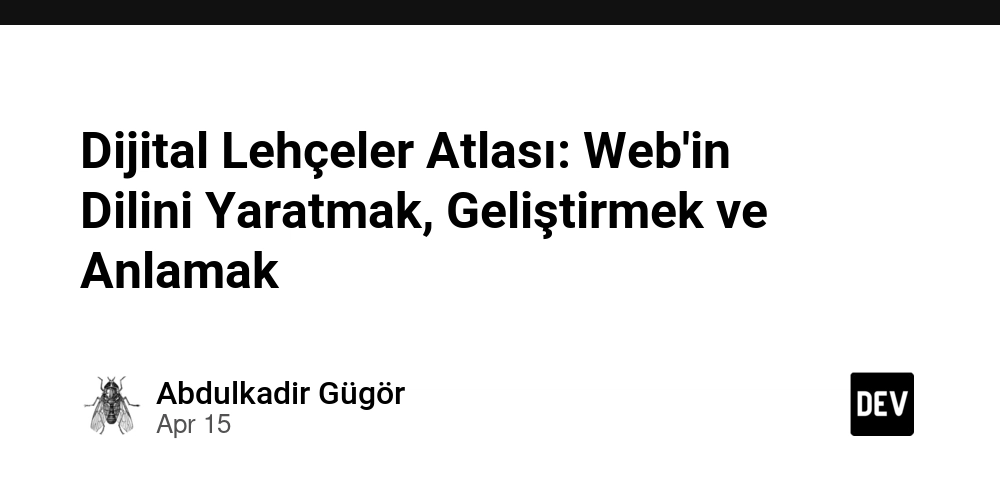
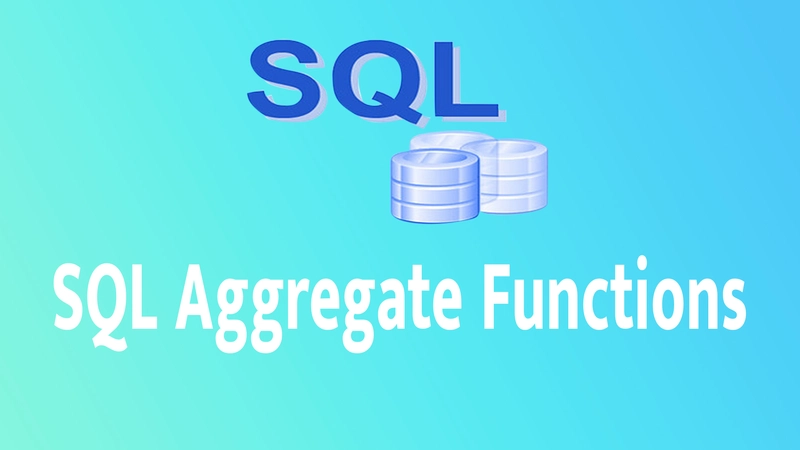

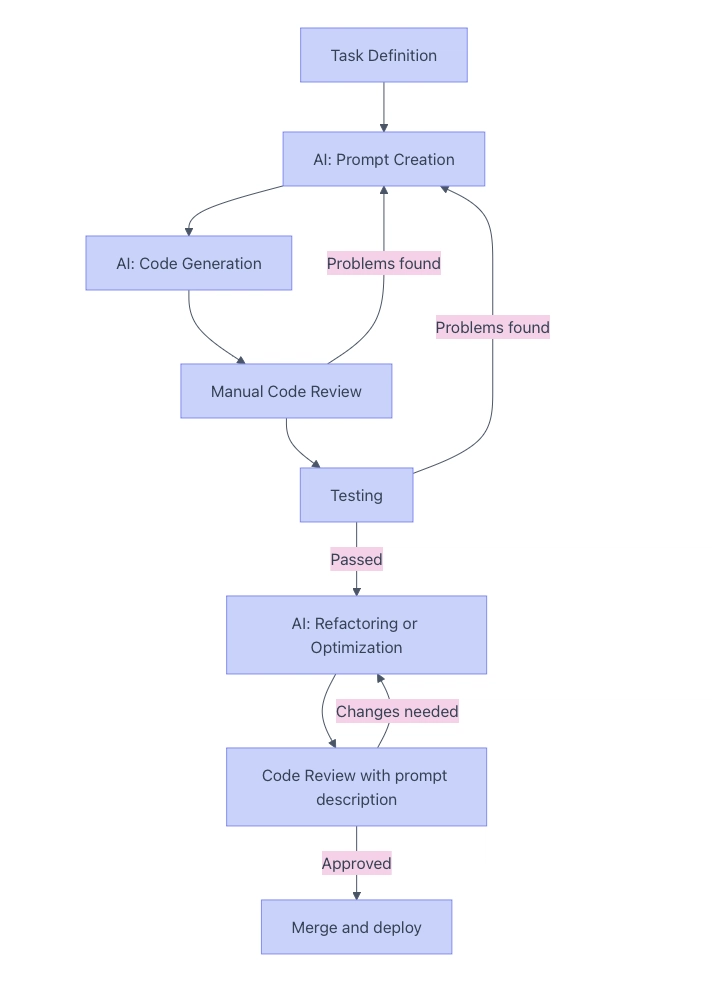




























































.png?width=1920&height=1920&fit=bounds&quality=70&format=jpg&auto=webp#)












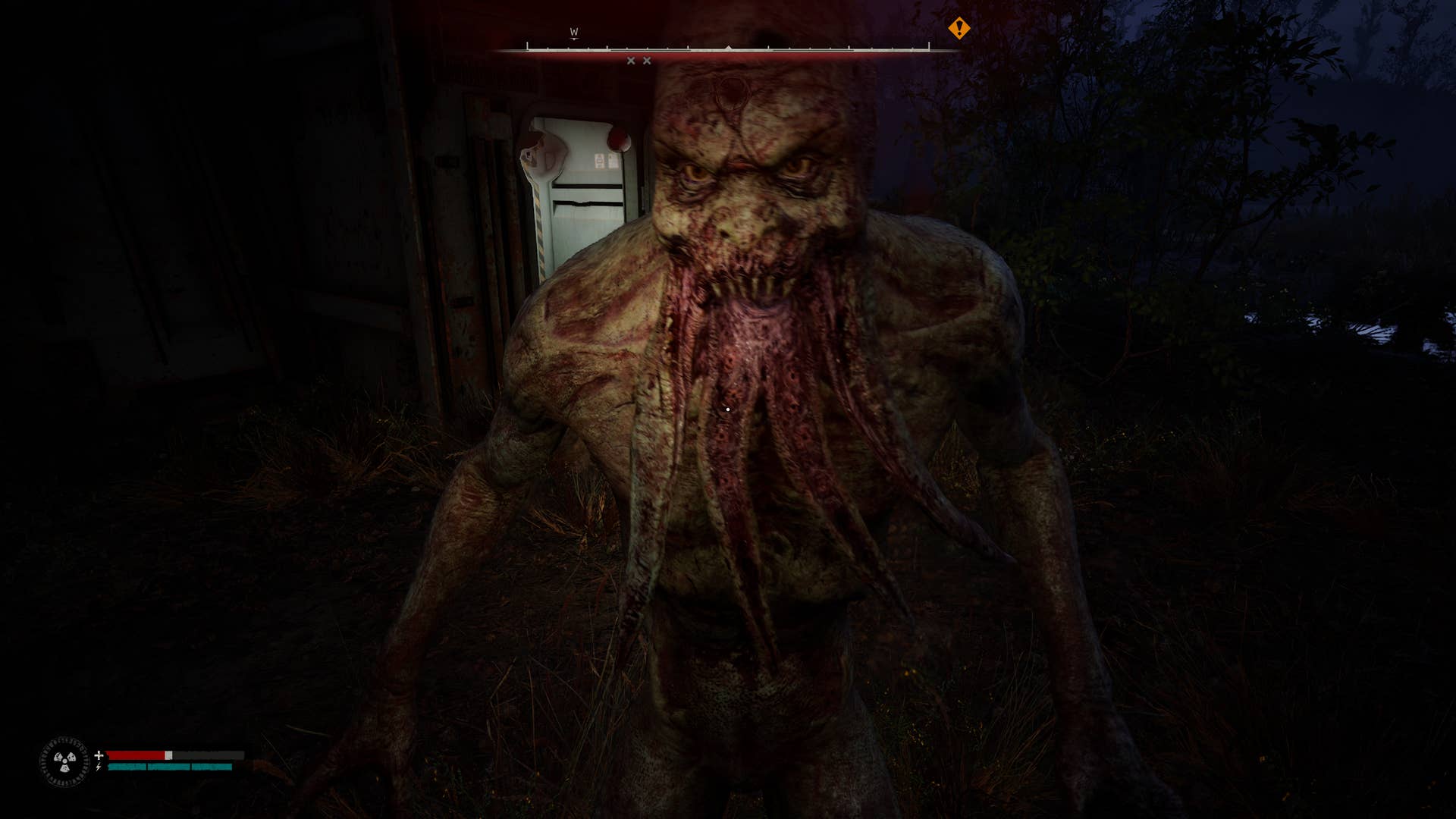

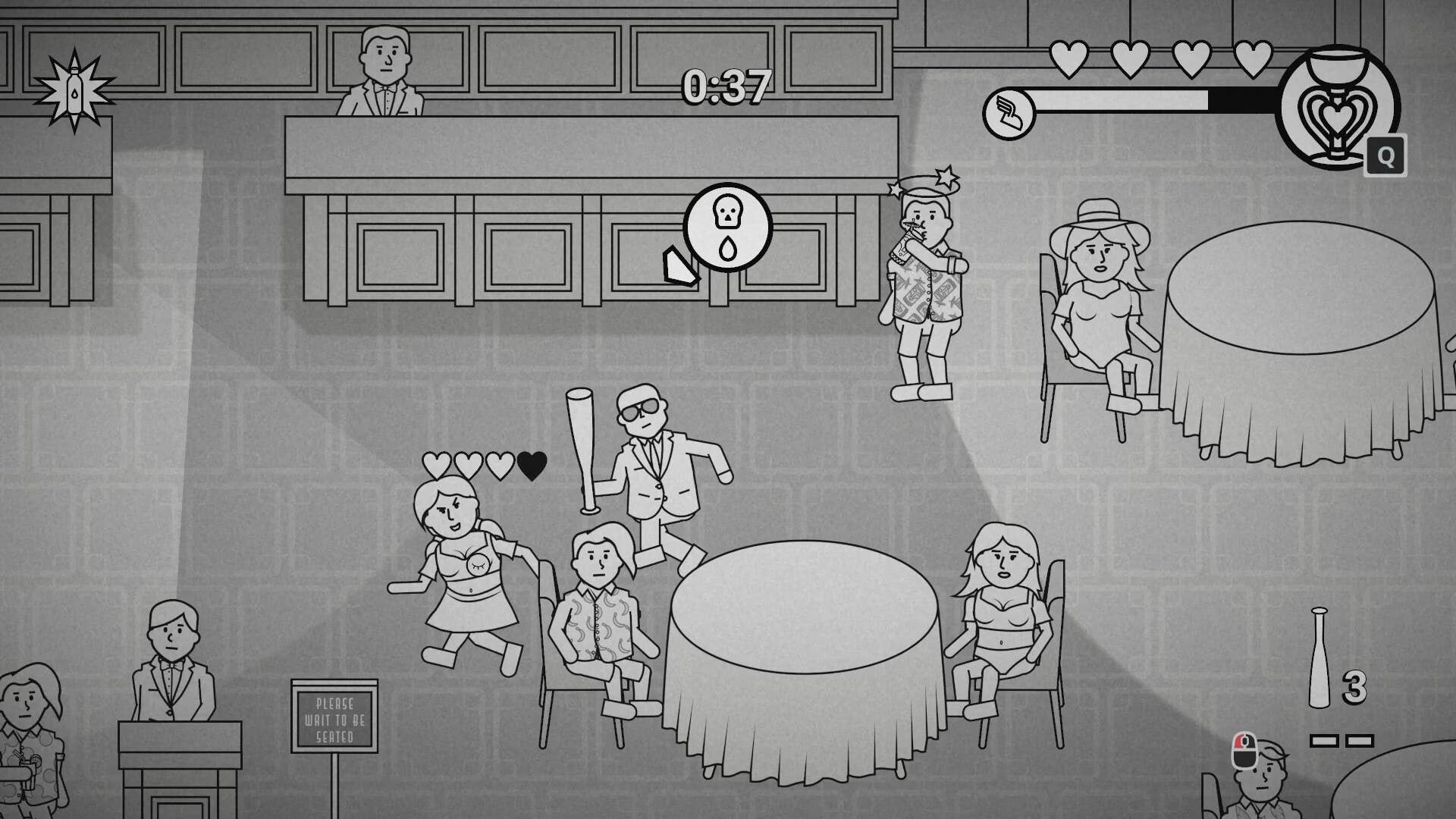









































.png?#)





































.webp?#)






































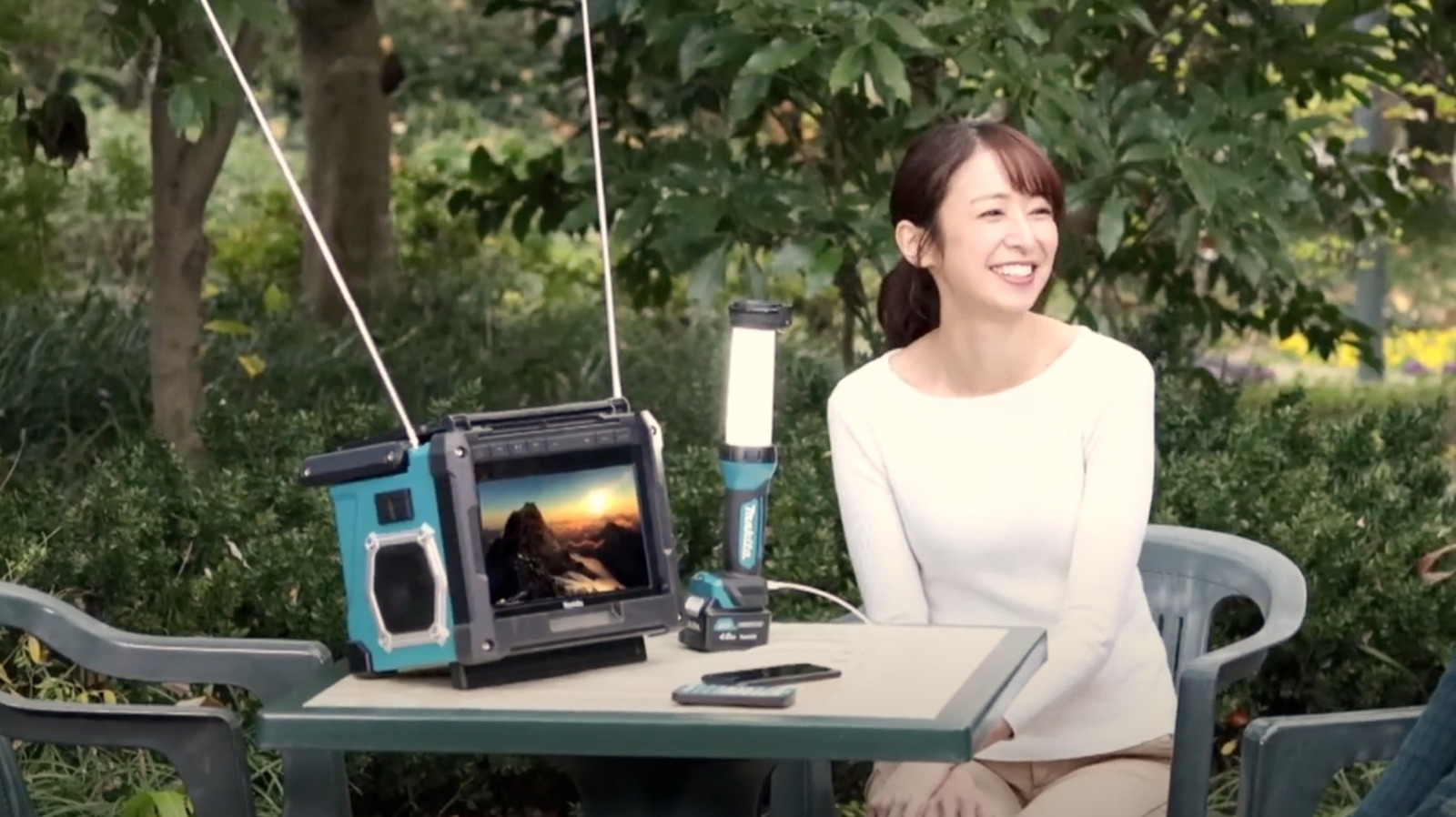
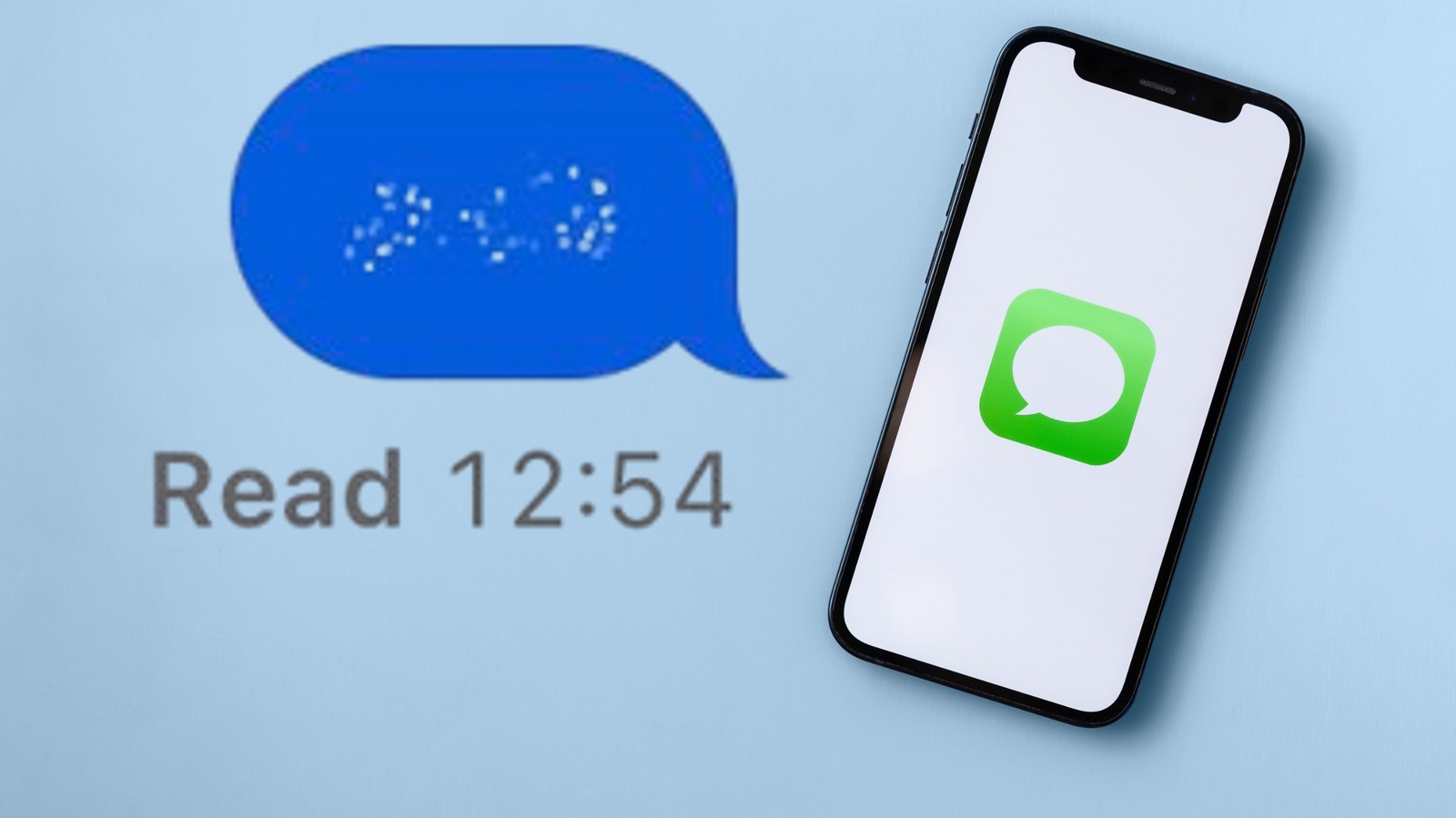












































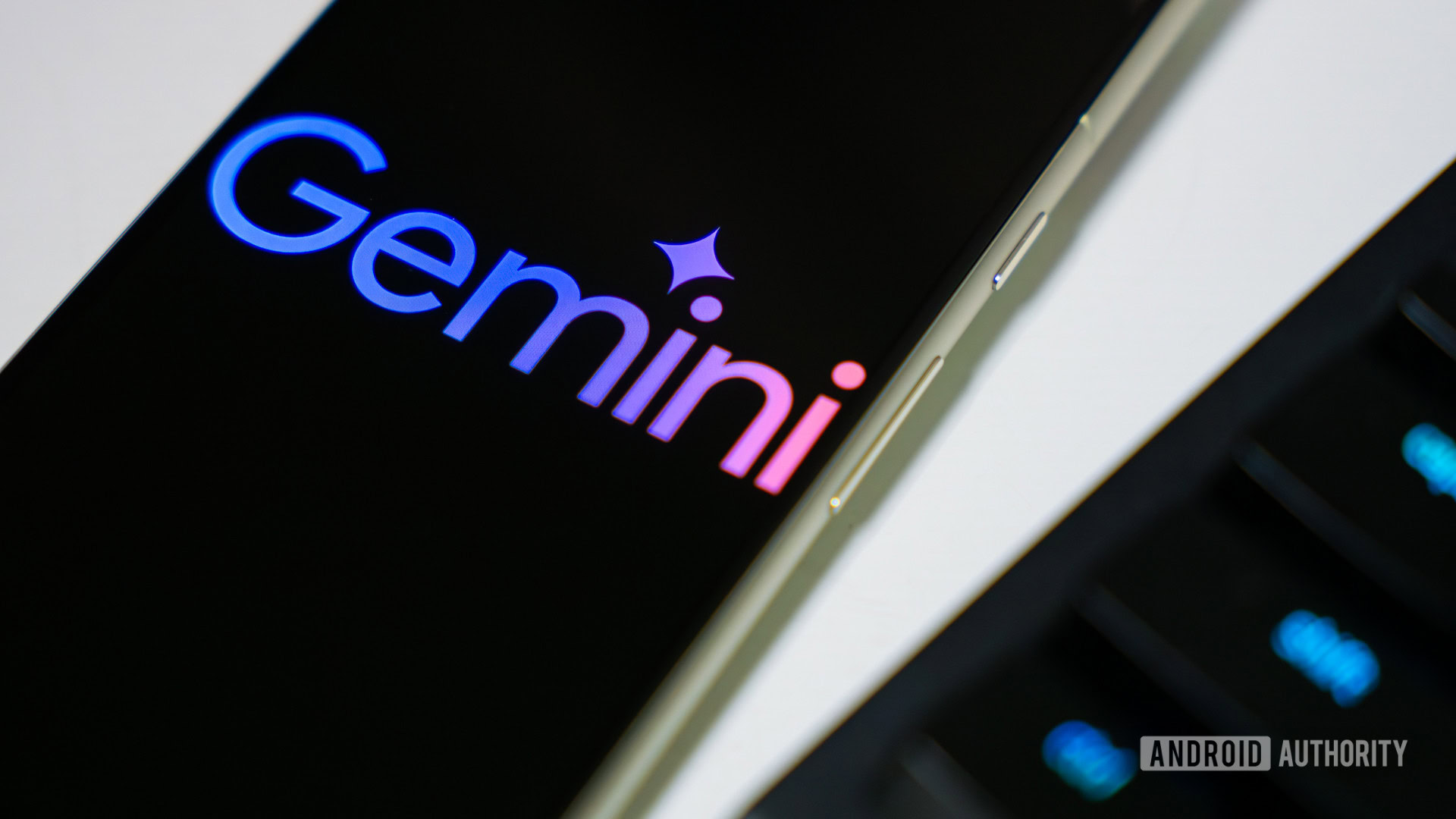
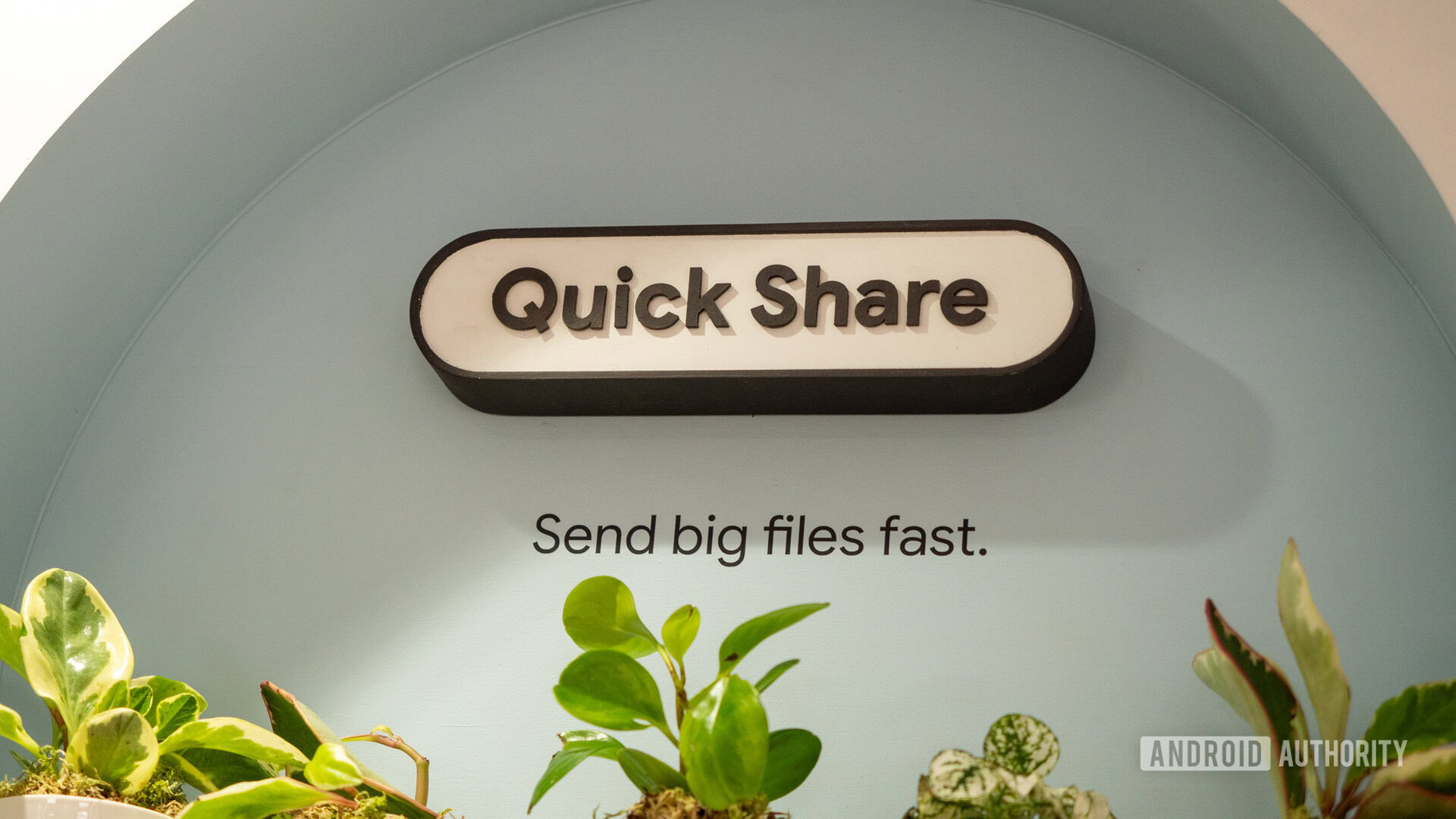





![[Fixed] Gemini app is failing to generate Audio Overviews](https://i0.wp.com/9to5google.com/wp-content/uploads/sites/4/2025/03/Gemini-Audio-Overview-cover.jpg?resize=1200%2C628&quality=82&strip=all&ssl=1)

![What’s new in Android’s April 2025 Google System Updates [U: 4/14]](https://i0.wp.com/9to5google.com/wp-content/uploads/sites/4/2025/01/google-play-services-3.jpg?resize=1200%2C628&quality=82&strip=all&ssl=1)








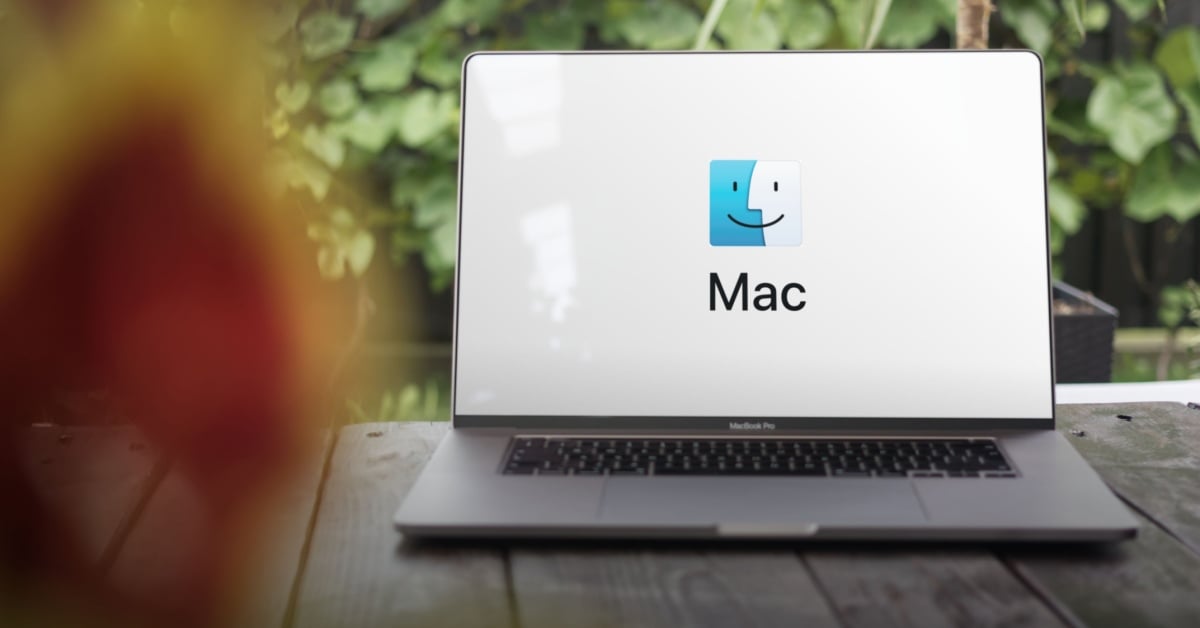




![Apple Seeds tvOS 18.5 Beta 2 to Developers [Download]](https://www.iclarified.com/images/news/97011/97011/97011-640.jpg)
![Apple Releases macOS Sequoia 15.5 Beta 2 to Developers [Download]](https://www.iclarified.com/images/news/97014/97014/97014-640.jpg)














